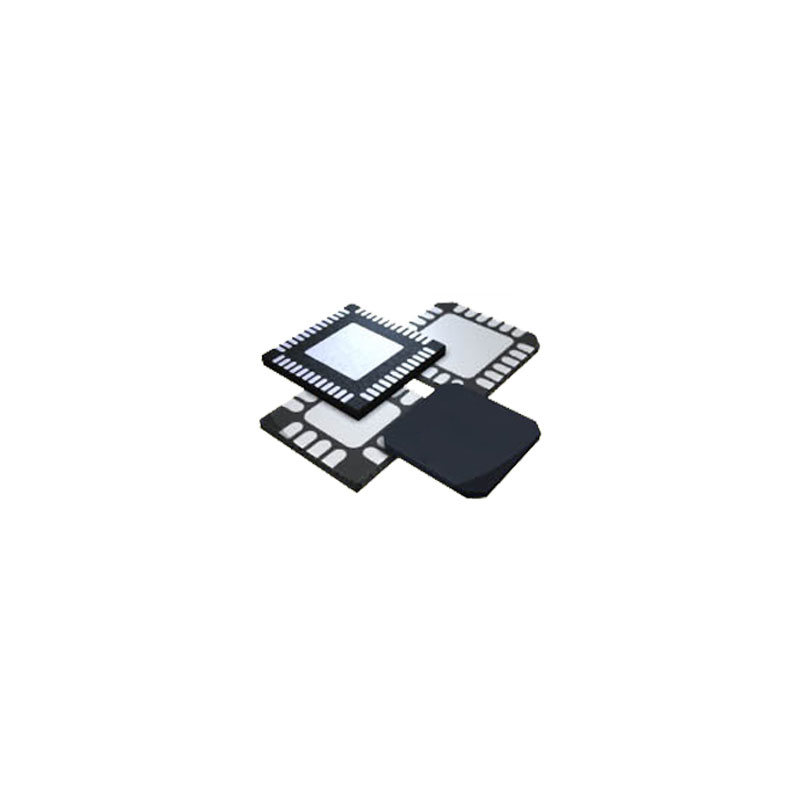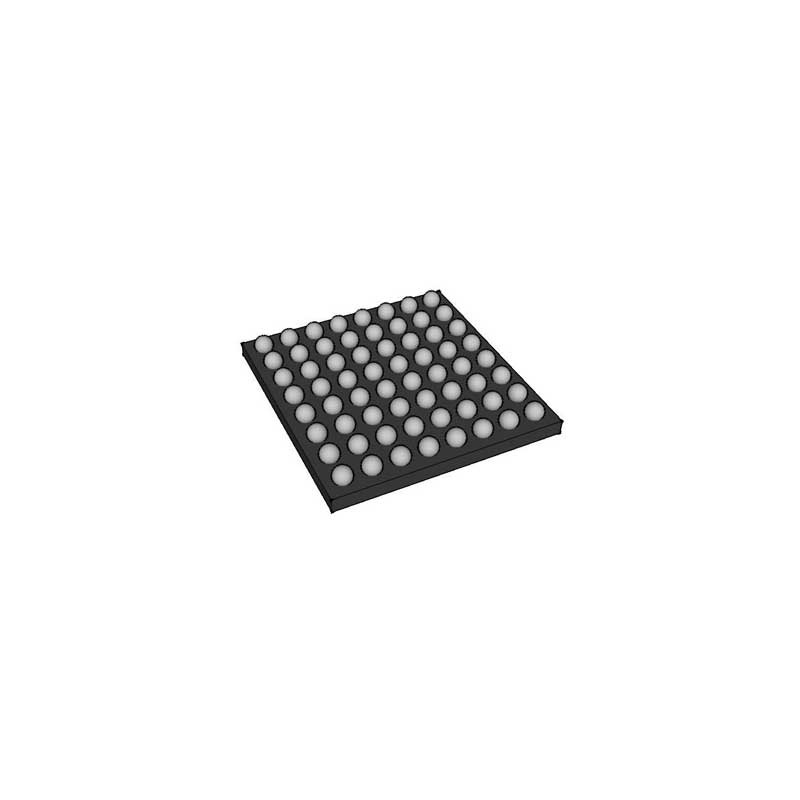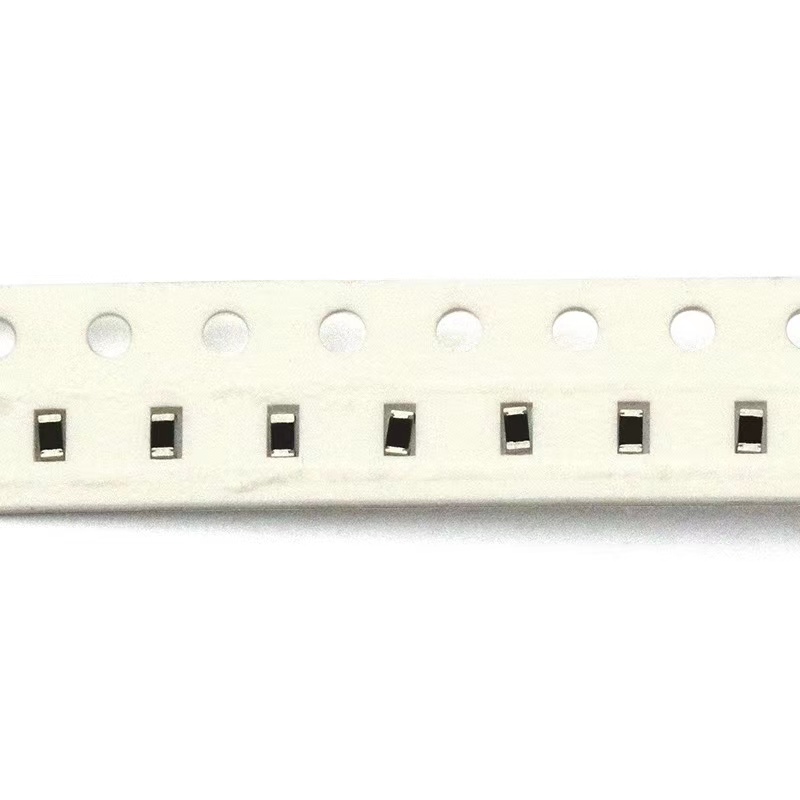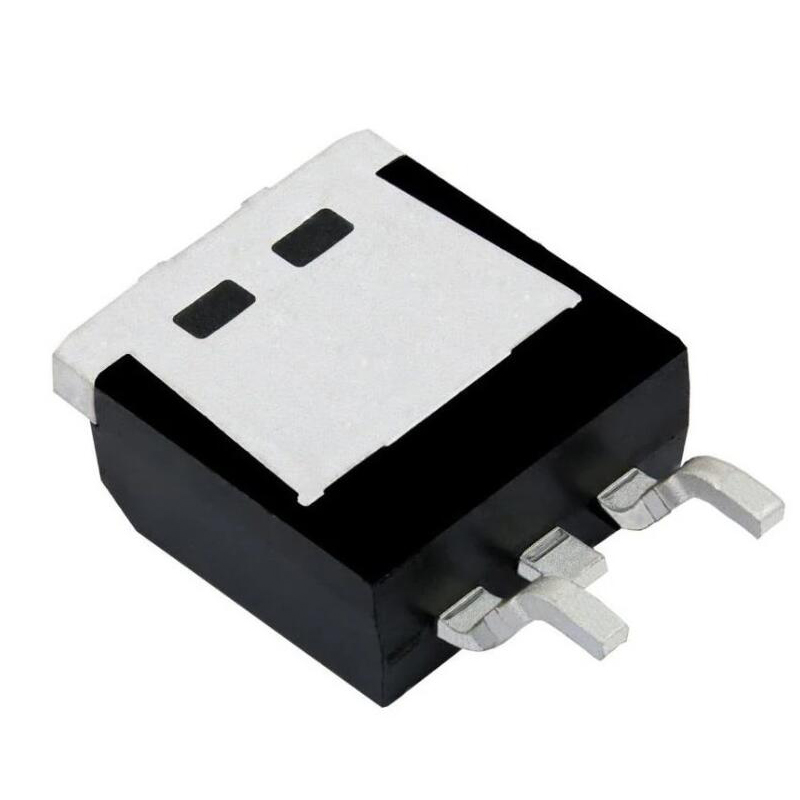RF Devices in Wireless Communication Technology
 Published: Apr 25, 2023
Published: Apr 25, 2023
Contents
What is an RFIC?
RFIC (Radio Frequency Integrated Circuit) is a new type of device that has emerged since the mid-90s with the improvement of the IC process.
RF, usually including high frequency, very high frequency, and ultra-high frequency, its frequency in 300KHz-300GHz, is the most active frequency band in the field of wireless communication. After the twentieth century, wireless communication technology has been developed by leaps and bounds, and RF devices have rapidly replaced hybrid circuits using discrete semiconductor devices.

Radio-Frequency Integrated Circuit
Development
CMOS emerged slowly at the beginning, and RF circuits mostly used bipolar devices. However, with the rapid progress of semiconductor processes to Moore's law, MOS tube channel length is greatly reduced, its operating speed is greatly improved, and power consumption is also greatly reduced, becoming a good economic platform for RFIC. For example, Intel released CMOS Wi-Fi RFIC in the 21st century. In the 21st century, as each chip manufacturing crossed into the 90nm era, CMOS circuits have been able to work above 40GHz and even up to 100GHz.
This advancement enables wireless communication chips with data rates from 100Mbit/s to 1Gbit/s, serving broadband wireless communication systems and high data rate switching devices, such as wireless high-speed USB 2.0 interfaces. 21st century, Tiebout et al. have reported RFIC samples with integrated LNAs and mixers, PLLs, for 17.1GHz to 17.3GHz ISM band applications; Tiebout also reported injection blocking divider samples, which have been operating at frequencies up to 40 GHz. Advances in CMOS technology provide the possibility of low-cost RFICs to high-frequency bands, which can significantly reduce the cost of RF devices in the microwave band, so the technology poses a challenge to GaAs technology, which has traditionally dominated the microwave band.
Change
SoC (System-on-Chip) has been the hot spot of international semiconductor industry development in recent years and is also the future direction of semiconductor industry development. As the IC process reaches and crosses the 90nm node, the operating frequency of a single MOS device on a chip can already rise to the microwave and millimeter wave bands, so the RF front-end and digital baseband parts can be integrated to make RF SoC. this new concept of products will greatly reduce the number of devices in the overall communication system, thereby reducing the cost of the product, reduce its size and improve the functionality, while improving reliability.
New Technology
RF SoCs are small systems that one must view and analyze from a system point of view and, therefore, must be designed taking into account the issues presented by the integration of digital, analog, and RF circuits onto a single substrate, including:
- Simulation and parameter extraction for integrated antennas and passive devices
- VCO traction issues, substrate modeling, and signal coupling through the substrate
- Fast system-level simulation
With the rapid development of computer computing power, the speed of electromagnetic simulation, the scale of the problems that can be handled, and the accuracy of the calculation have been continuously improved. Therefore, in the future, CEM (computational electromagnetics) based simulation methods will also increasingly penetrate into the design of RF ICs, and various full-wave simulation methods (such as the method of moments and the finite element method) physically ensure the acquisition of electromagnetic characteristics of the solid structure of the circuit (especially connectors, planar transmission lines, discontinuity points, and passive components).
MEMS
MEMS (Micro-Electro-Mechanical Systems) are miniature electromechanical systems that integrate sensors, actuators, and control circuits on a chip. Various sensors and detection chips based on this technology have matured in the 21st century. In the RF field, MEMS microphones, fingerprint recognition, and other miniature sensors have been or will be used in cell phones, PDAs, and other mobile digital devices. MEMS can also directly process RF signals to produce RF chips or process certain passive device structures on RF chips; these devices and structures are called RF MEMS; they will be an important direction for the future development of RF ICs. RF MEMS in the 21st century can be manufactured on RF IC substrate inductors, adjustable capacitors, switches, phase shifters, electromechanical resonators, tunable filters, etc. The RF loss of these passive devices is much smaller than conventional RF IC (from low frequency until 40GHz, its RF insertion loss is less than 0.1dB), DC power consumption is small, non-linearity is a small, wide range of parameter adjustment, high Q value.

 Popular Industry Focus
Popular Industry Focus
Hot Products
-
![MK02FN64VLH10]()
MK02FN64VLH10
NXP
Kinetis K02 Series 64 kB Flash 16 kB SRAM SMT 32-Bit Microcontroller - LQFP-64
-
![MPC17510EJ]()
MPC17510EJ
NXP
Motor driver for controlling motion and ignition
-
![PCA8574PW]()
PCA8574PW
NXP
The PCA8574PW is a high-speed I2C interface module with a voltage rating of 5.5V, housed in a compact 16-pin TSSOP package
-
![BUK98180-100A/CU]()
BUK98180-100A/CU
NXP
Power Field-Effect Transistor
-
![PCA9557BS]()
PCA9557BS
Nxp
Manage Input and Output Signals with Reset Capability
-
![LPC4370FET256]()
LPC4370FET256
NXP
32-Bit Arm<sup>®</sup> Cortex<sup>®</sup>-M4 + 2 X M0 MCU; 282 KB SRAM; Ethernet; Two HS USBs; 80 Msps 12-Bit ADC; Configurable Peripherals
Related Parts
-
![Si7129DN]()
Si7129DN
VISHAY
-
![RTL8710AF]()
RTL8710AF
REALTEK
-
![QPF4528]()
QPF4528
Qorvo
RF Wireless Misc Evaluation Board Kit - QPF4528
-
![PEX8619]()
PEX8619
AVAGO
Flexible & Versatile 16-lane 16-port PCI Express
-
![AM52001AJ44HM]()
AM52001AJ44HM
AMD
-
![CXA-L0612]()
CXA-L0612
TDK-Lambda
CCFL Inverter Single Lamp 4W 45KHz
-
![65PW061]()
65PW061
NEC Corporation
Boosting brightness and color consistenc
-
![TDC600-2A]()
TDC600-2A
Cooper Industries
Reliable and efficient electronic component: TDC features current capaci
-
![TCF25RN]()
TCF25RN
Eaton
Advanced circuit protection technology ensures safe operation
-
![SUB45N05-20L]()
SUB45N05-20L
Vishay
MOSFET with 50V voltage rating and 45A current capacity
-
![TEBC-1002]()
TEBC-1002
Bel Fuse Inc
Data Bus Components - Box Couplers MIL-STD-1553 Data Bus Coupler 2 Stub


 Update Time: Apr 26, 2023 Consumer Electronics
Update Time: Apr 26, 2023 Consumer Electronics



















